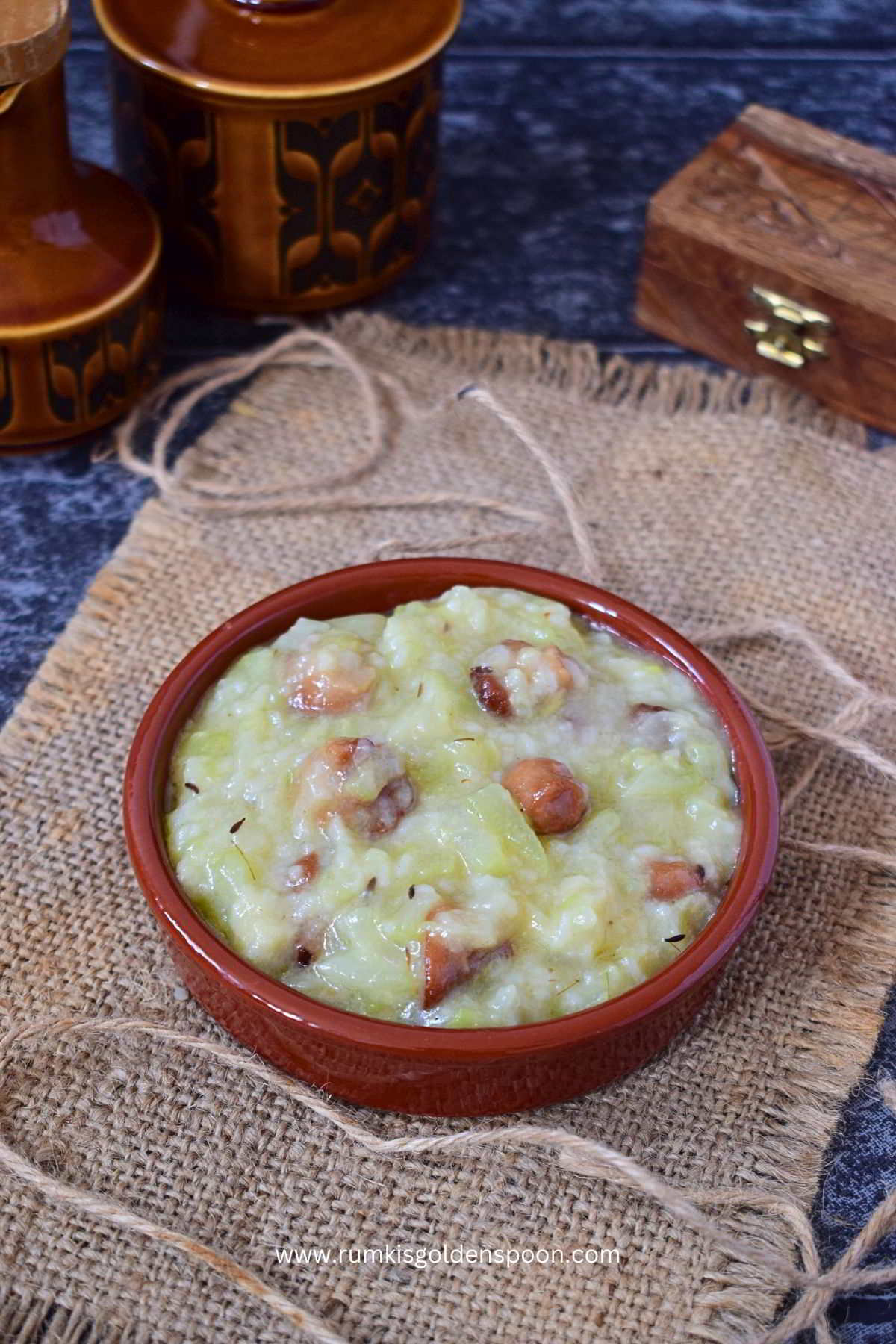Gobindobhog chal diye squash ghonto aka niramish squash ghonto is an authentic and delectable Bengali niramish recipe which is hugely popular in Bengal. It is a comfort dish which is frequently prepared in Bengali households. It is a no onion and no garlic recipe which makes it a perfect dish for niramish days. In this preparation, grated or chopped squash is cooked with gobindobhog chal paste, daler bori and a few whole spices. It is a perfect side to accompany piping hot Steamed Rice and dal.
Though it is a very popular Bengali recipe but still many of you are unaware of it. Before going further let me explain these terms.
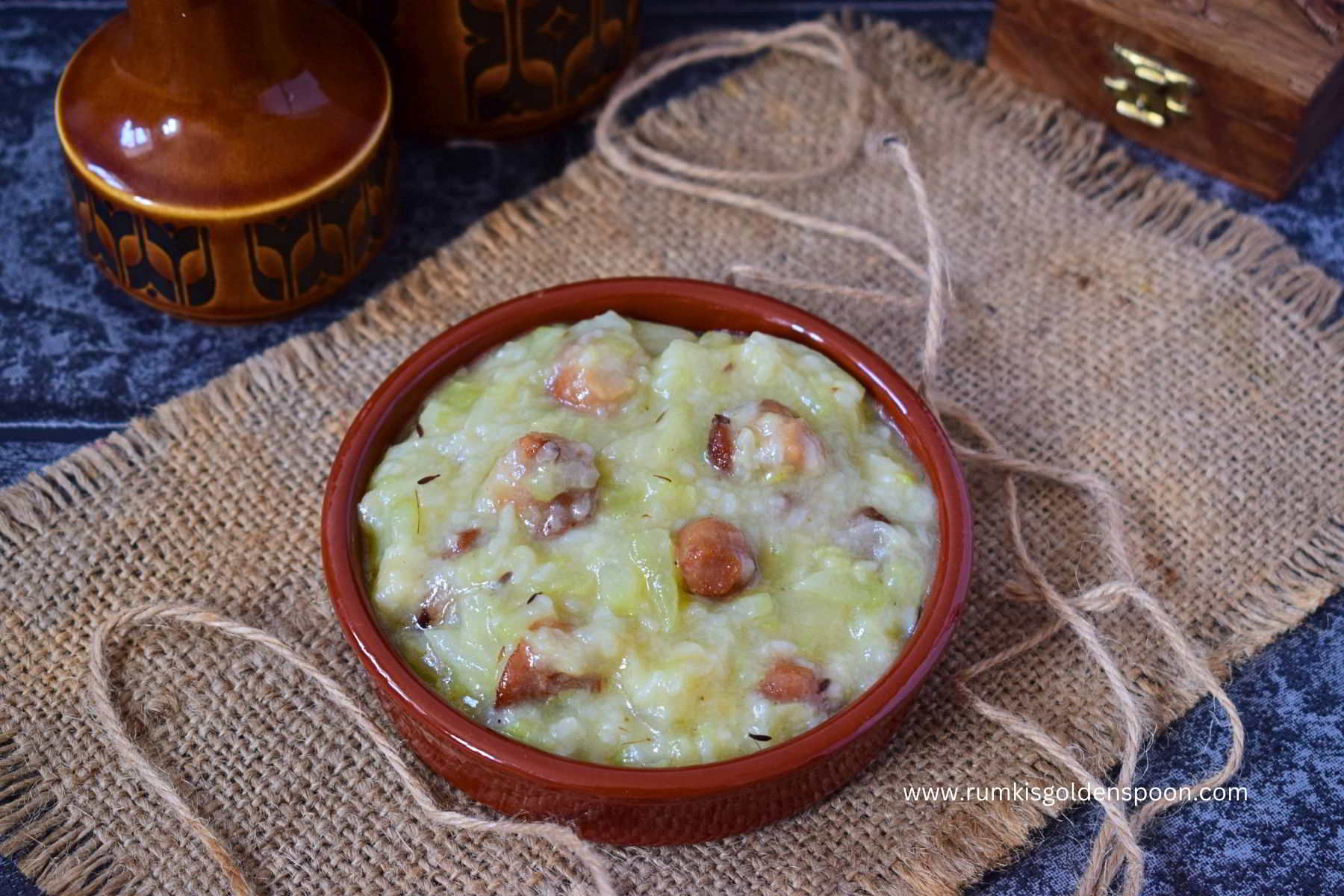
Table of Contents
About the recipe
Health Benefits of Chayote squash
How to make Squash Ghonto (step wise photos)
Recipe Card
What is Gobindobhog Chaal?
Gobindo Bhog Chaal (rice) is very famous in West Bengal. In Bengal, this rice is specially used in preparing Kheer, Pulao and ghonto recipes. It is very tiny-grained aromatic white rice. It is mainly cultivated in a few districts of West Bengal.
What is Squash?
This squash is specifically known as chayote squash and is popularly known as chow-chow in India. The botanical name of the squash is sechium edule. Chow chow belongs to a gourd family. It is big pear-shaped, has a soft core inside and external thin skin. This squash is used differently in different culinary. Few people love to prepare curry, few prepare stir fry and few others love to add it to soup or stew etc.
What is Ghonto?
Ghonto is a pure Bengali delicacy and it means mushy curry. Basically, ghonto is a Bengali speciality in which vegetables are cut into small-length thin strips or grated with a big grater and cooked as a dry curry aka mishmash.
Squash er ghonto is prepared in two ways – vegetarian and non-vegetarian.
For non-veg squash er ghonto, normally prawns, fish heads or small fishes are added into it.
For pure vegetarian aka niramish squash ghonto, it is prepared in different ways, like using gobindobhog chal, daler bori, moong dal or sometimes only using peas. Today, I am going to share the vegetarian version aka Gobindobhog chal diye squash ghonto with you.
A bowl of squash ghonto with plain rice, dal and jhuri aloo bhaja is more than a comfort meal and is just like bliss. I am pretty sure many people are on the same side as me. If you have never tried it then I recommend you try it at least once.
My mom used to prepare different varieties of niramish squash ghonto on Saturdays which is usually the vegetarian day of the week in our house when onion, garlic and even masoor dal is prohibited with non-vegetarian food.
Squash ghonto is a very simple and easy recipe. The difficulty level of cooking the dish is low and can be suitable for a novice. It requires very limited ingredients which are easily available in any Bengali kitchen pantry. Chopping the squash into thin strips is the only time-consuming part of the recipe.
Squash ghonto with step-by-step photos and instructions have been provided in the ‘Instructions’ section of the recipe. If you follow my recipe precisely then you will get the perfect chal dal diye squash ghonto on your plate. But before directly jumping into the recipe, let me share a few interesting facts about the hero ingredient of the recipe ‘squash’ aka ‘chayote squash’ and the recipe.
Health benefits of Chayote squash
- Squash is very low in fat and cholesterol which is good for weight loss.
- This gourd is full of dietary fibre which is good for the digestive system and helps to get rid of piles, constipation etc.
- It is full of nutrients, especially vitamin C which are good for nourishing the body.
- It is full of folate and calcium which is good for pregnant women.
- It is a good source of iron and full of antioxidants.
How to cut squash for ghonto?
Bengalis are very particular about cutting vegetables for different types of dishes. For each of chorchori, dalna, ghonto preparations, they cut the vegetables differently in a specific way.
For any ghonto preparation, Bengalis cut the vegetables into small and thin strips like match sticks or grate them with the bigger side of the grater.
First, take a large bowl of water and then cut the squash into four pieces. Peel the squash, de-core them and dip them in water. At this point, you can grate them. Or else cut each portion into thin slices like semi-circles. Then gather a few semi-circular pieces and cut them into thin strips in a vertical direction. Gather the strips and put them into the large bowl of water. Repeat the process and cut the complete squash and wash the pieces nicely.
How to make Squash Ghonto?
To prepare the squash ghonto, first, wash ¼ cup Gobindobhog chaal 2-3 times with water and soak it in a sufficient amount of water for 10-15 minutes. Then drain the water and transfer it to a jar of a grinder. Add ½ cup fresh water into the jar and close the lid. Pulse it to a coarsely ground paste and keep it aside.
Cut the squash into thin small strips or grate them and wash them once. Then drain the water and keep it aside.
On the other hand, put a pan on flame and allow it to become completely dry. Add 2 tablespoons of mustard oil to it. Once the oil is hot, add the daler bori into it and fry them till golden brown and transfer them to a separate plate. Keep them aside.
In the same pan, add oil if required and add 1 dry red chilli, 2 bay leaves and ½ teaspoon cumin seeds into the pan for tempering and let them crackle.
Then add the squash into the pan and give a nice stir. Cook it over medium flame for 4-5 minutes.
Add salt, 2 green chillies into the pan and mix it well. Cook it on low flame for another 5 minutes. Stir in between.
Add the rice paste into the pan and give a nice mix. Cover the pan and cook it on low flame for 5 minutes. Then add ¼ cup of water into the pan and cook it approximately for another 12-15 minutes until the squash gets cooked completely. Stir in between every 5 minutes or else the rice paste may stick to the bottom of the pan.
Add the fried daler bori, sugar into the pan and give a gentle stir. Cover the pan and cook it on low flame for another 5 minutes. Stir in between once.
Add 1 teaspoon ghee aka clarified butter into the pan and give a nice mix. Switch off the flame and put the pan down.
Many Bengali ghonto recipes have already been shared in my previous posts. You can check a few of them like
Mocha ghonto
Bandhakopi ghonto
Bori diye lau ghonto
Gobindogbhog chal diye lau ghonto
..And Many more…
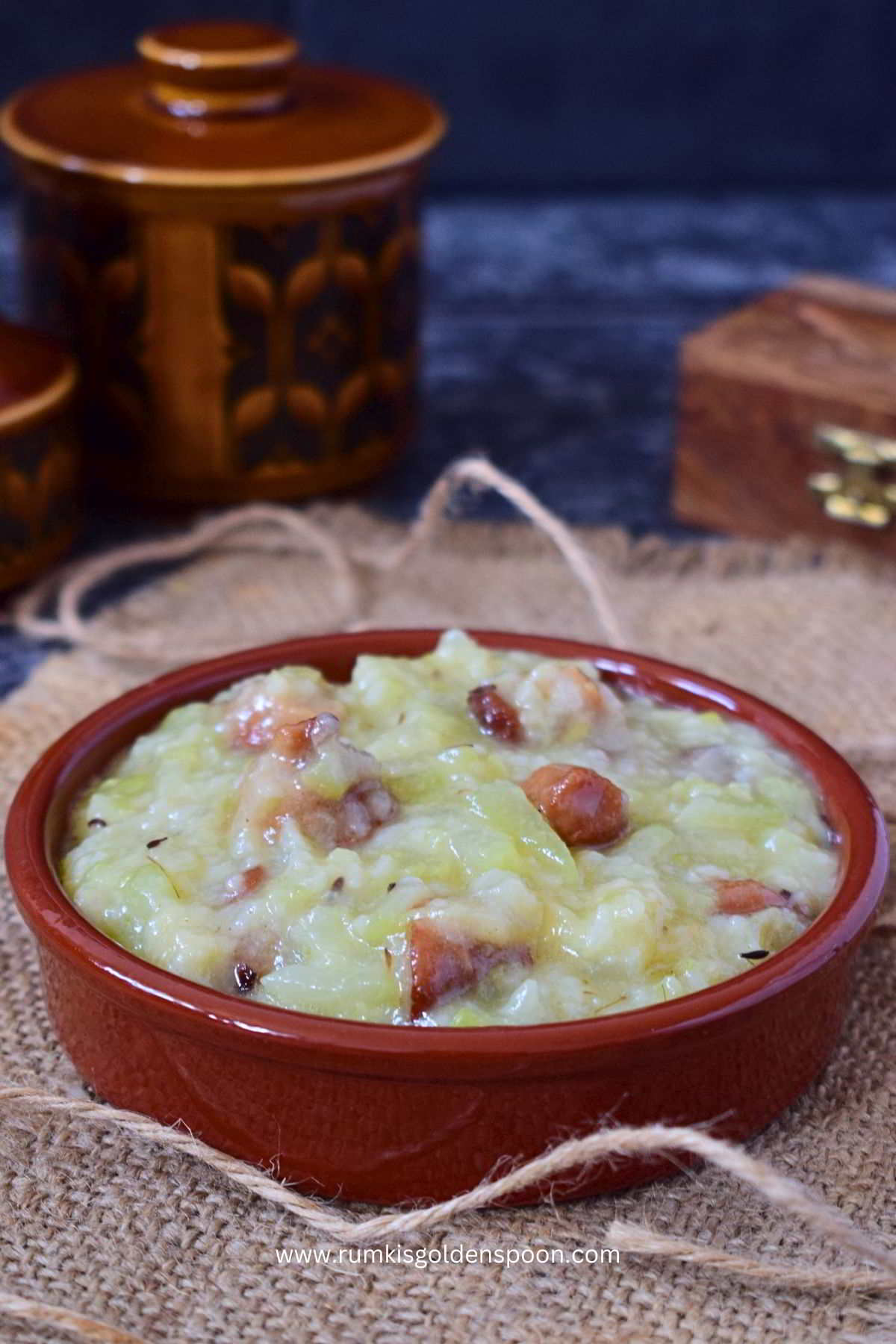
Ingredients:
- 3 Squash, peeled and grated or finely chopped
- ¼ cup Gobindobhog Chaal (small grain rice)
- 12-15 Daler bori (sun-dried Lentil tear droplets)
- 2-3 green Chillies
- ½ teaspoon Cumin seeds (Jeera)
- 2 dry red Chillies (shukno Lanka)
- 1 Bay leaf (Tejpatta)
- 2 teaspoons Sugar
- Salt to taste
- 2 tablespoons Mustard oil
- ½ cup Water to prepare the rice paste
- ¼ cup Water for cooking
Instructions:
- First, wash ¼ cup Gobindobhog chaal 2-3 times with water and soak it in a sufficient amount of water for 10-15 minutes.
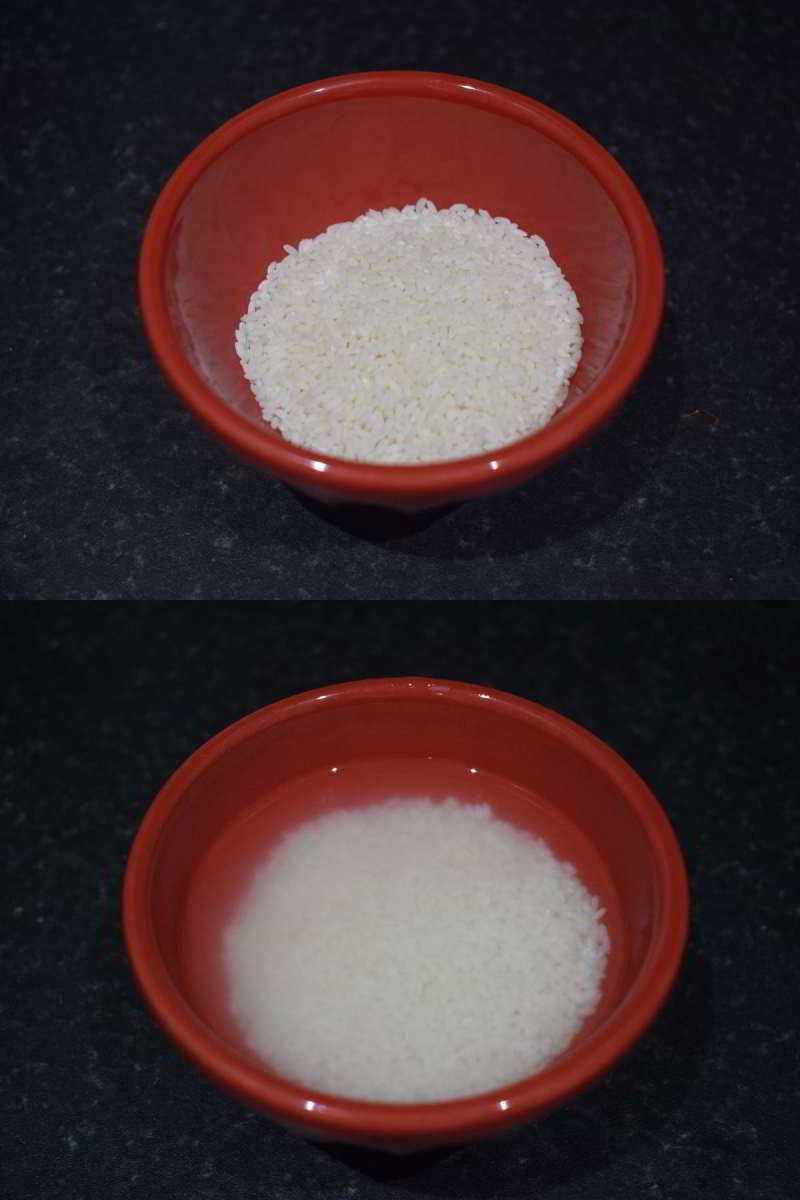
- Drain water and transfer it to a jar of a grinder. Add ½ cup fresh water into the jar and close the lid. Pulse it to a coarsely ground paste and keep it aside.
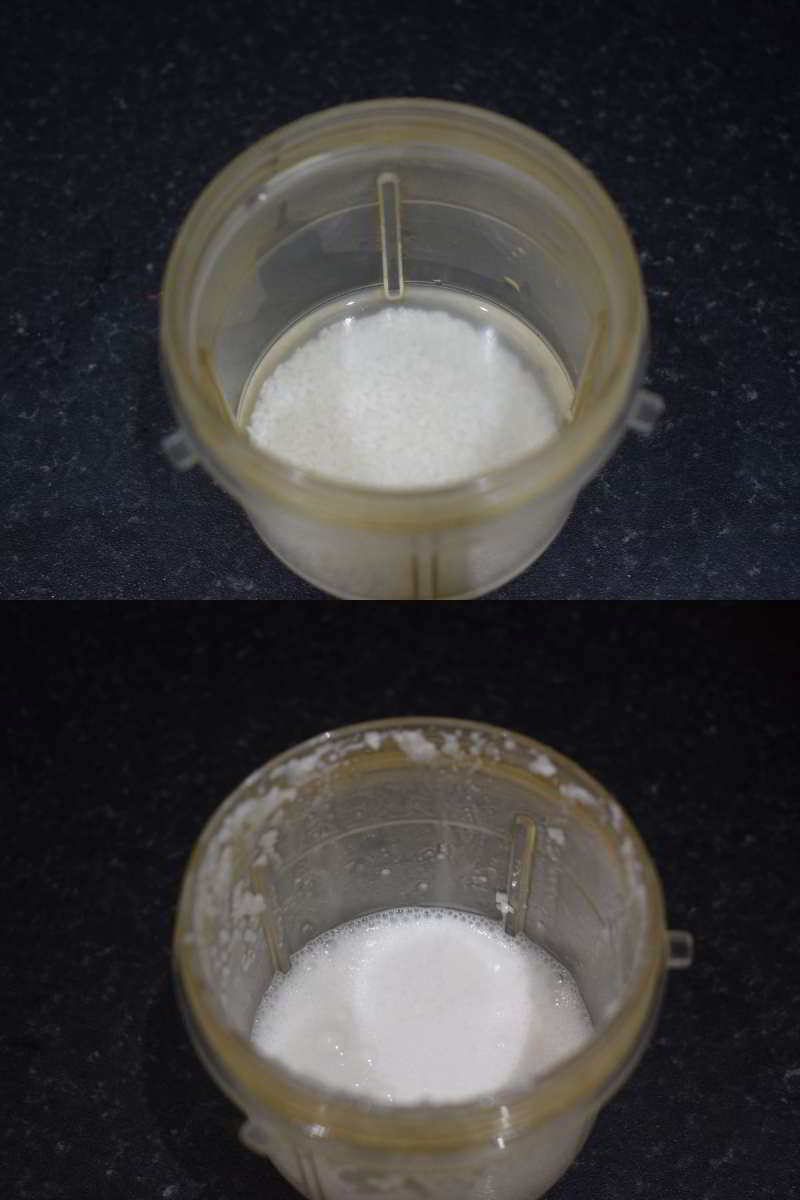
- Cut the squash into four pieces. Then destine them and peel off the skin. Now, cut them into thin small strips or grate them and wash them once. Then drain the water and keep it aside.
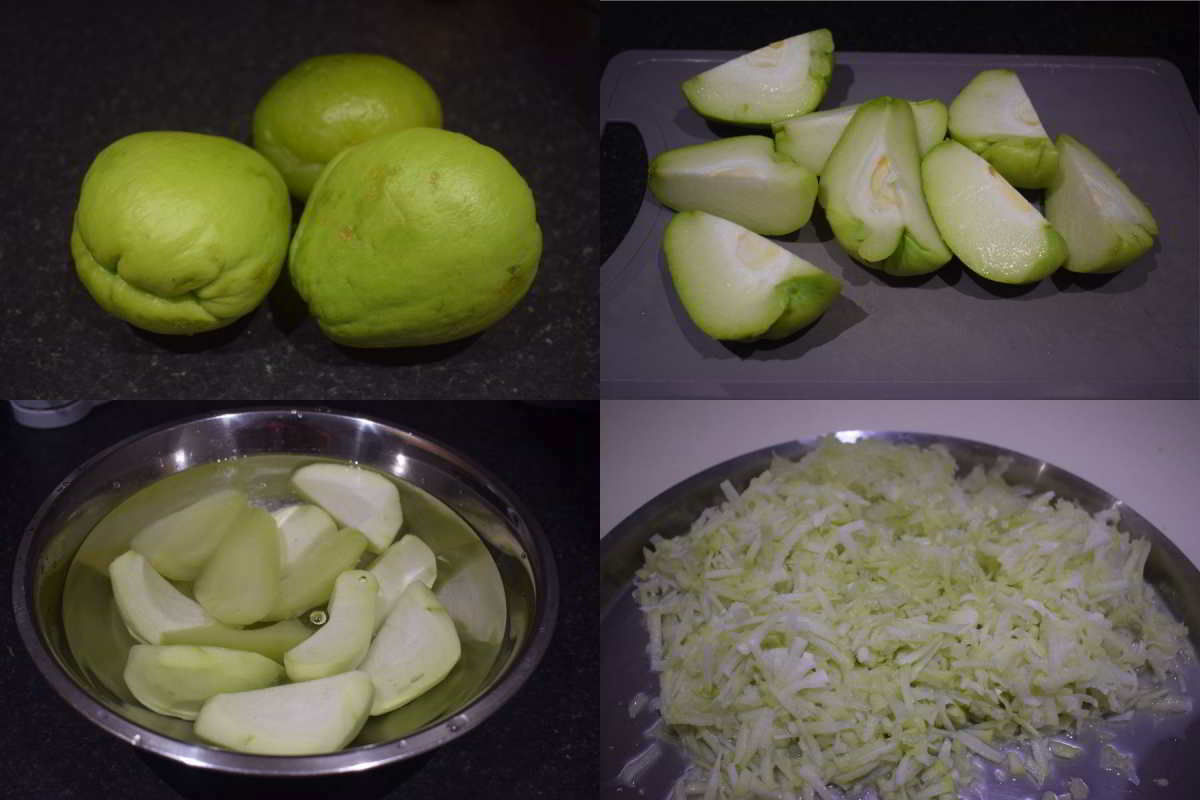
- On the other hand, put a pan on flame and allow it to become completely dry. Add 2 tablespoons of mustard oil to it.
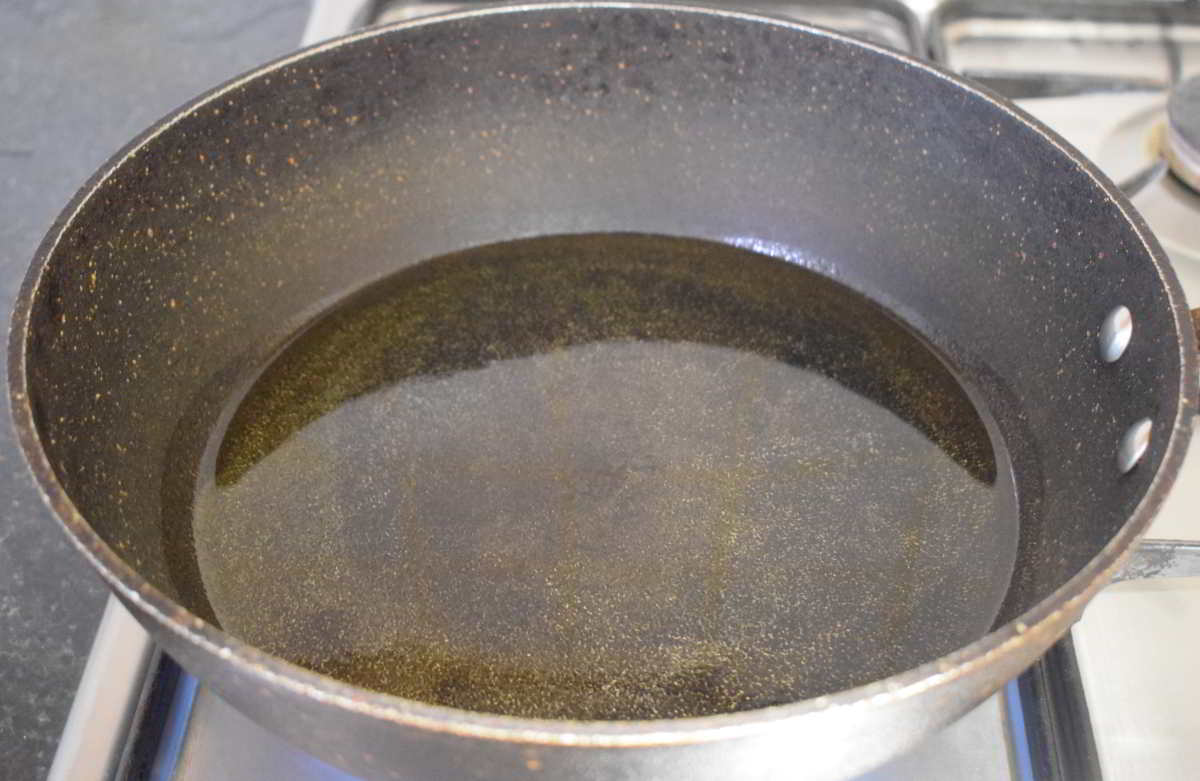
- Once the oil is hot, add the daler bori into it and fry them till golden brown and keep them aside.

- In the same pan, add oil if required and add 2 dry red chillies, 1 bay leaf and ½ teaspoon cumin seeds into the pan for tempering and let them crackle.
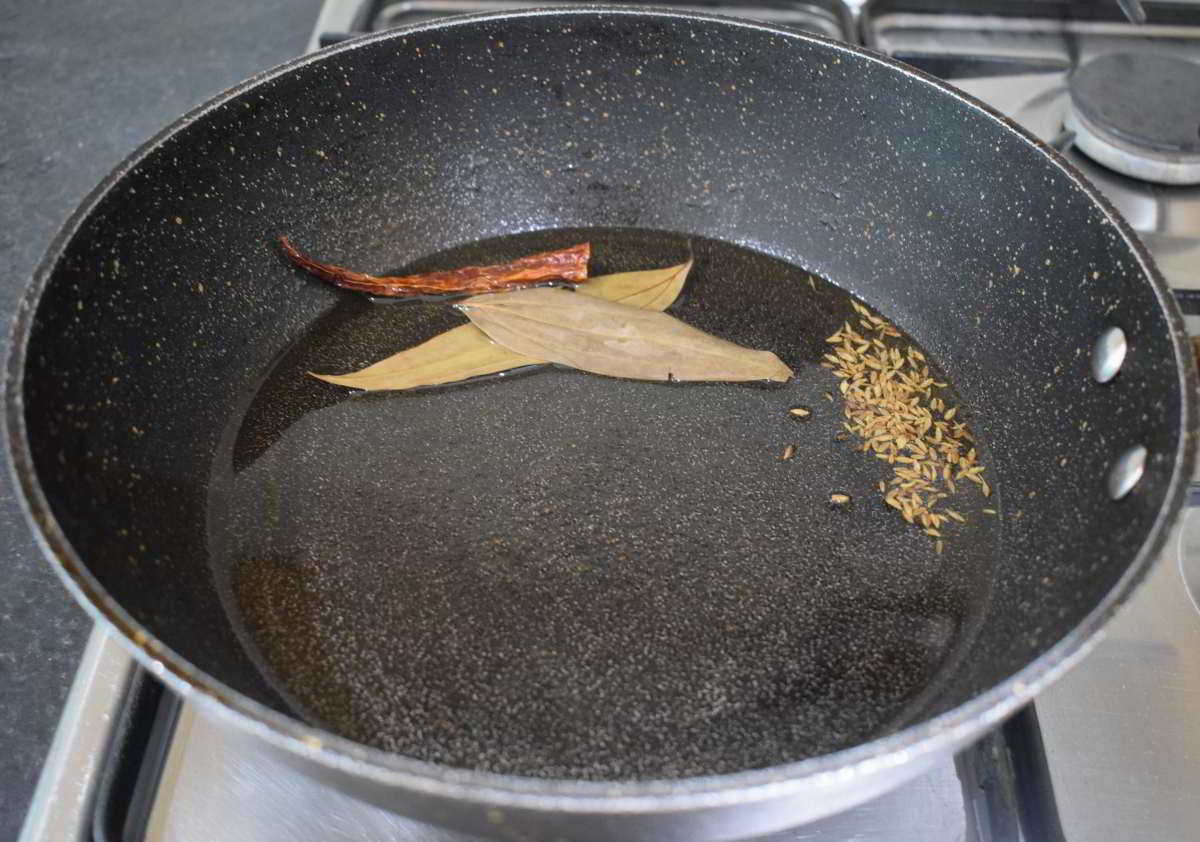
- Add the squash to the pan and give a nice stir. Cook it over medium flame for 4-5 minutes.
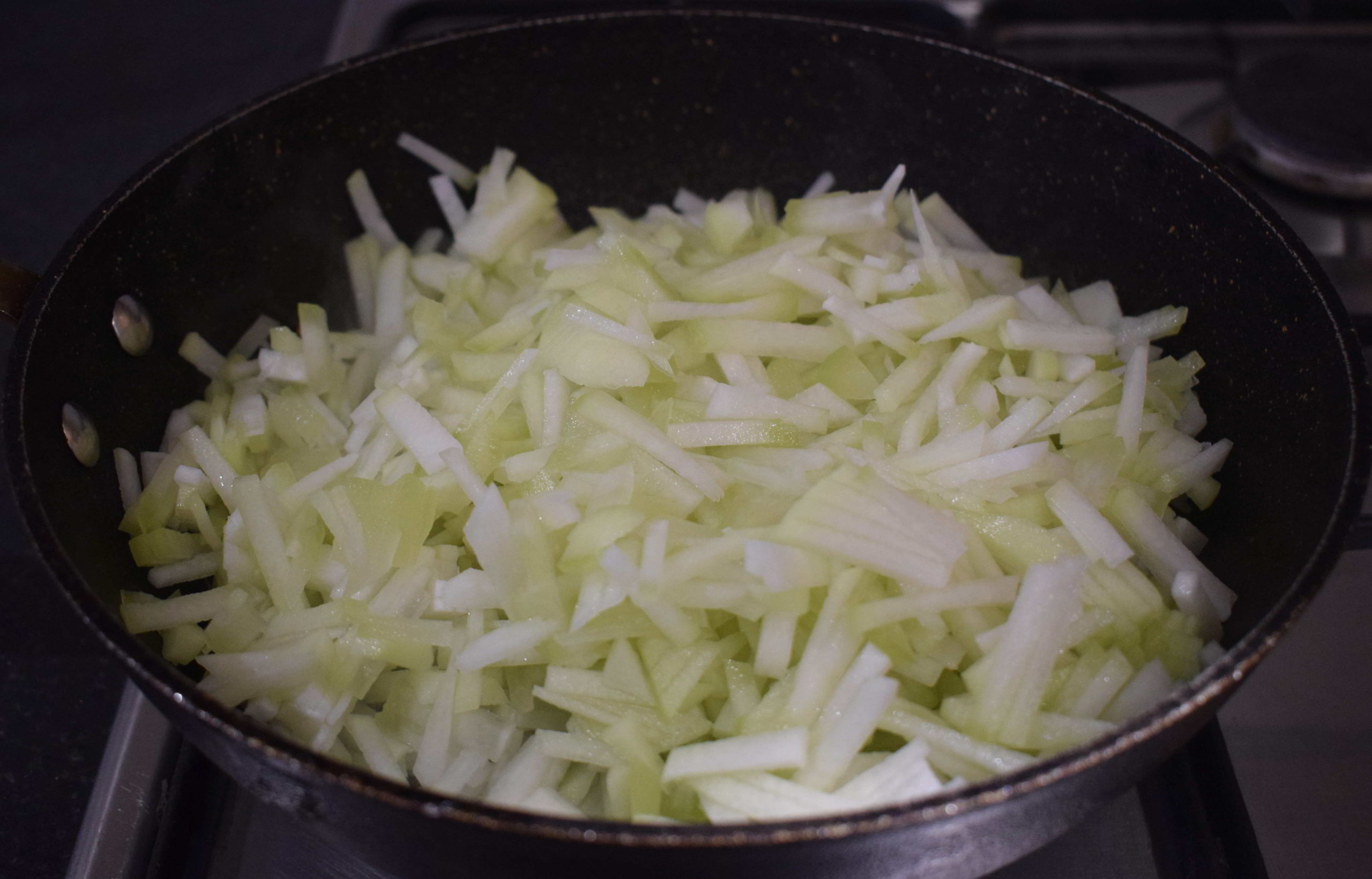
- Add salt, 2 green chillies into the pan and mix it well. Cook it on low flame for another 5 minutes. Stir in between.
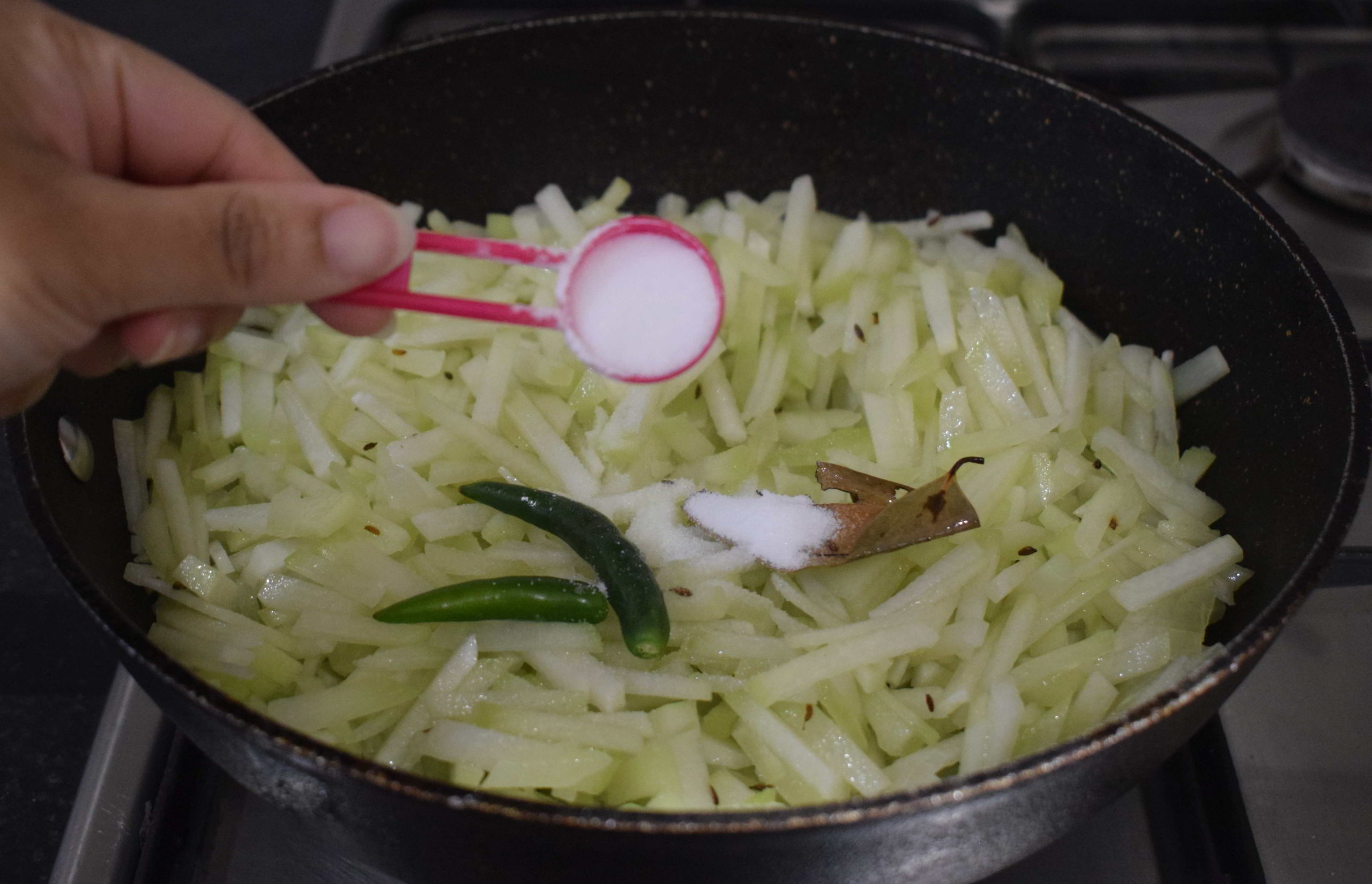
- Add the rice paste (Step 2) into the pan and give a nice mix. Cover the pan and cook it on low flame for 5 minutes.

- Add ¼ cup of water into the pan and give a nice stir. Cover the pan and cook it over low flame for another 12-15 minutes until the squash gets cooked completely. Stir in between every 5 minutes or else it may stick to the bottom of the pan.
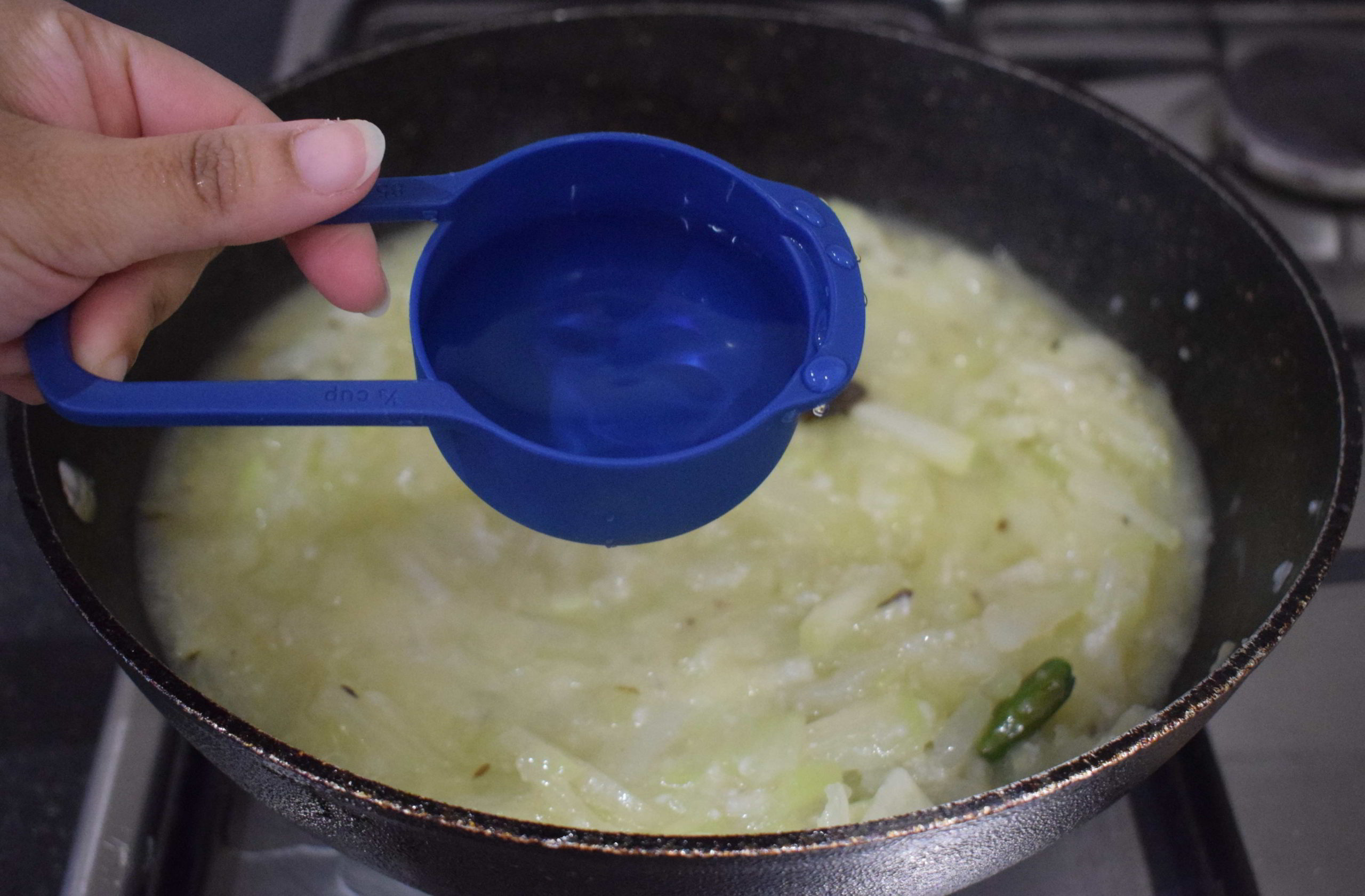
- Add the fried daler bori, 2 teaspoons sugar into the pan and give a gentle stir. Cover the pan and cook it on low flame for another 5 minutes. Stir in between once.
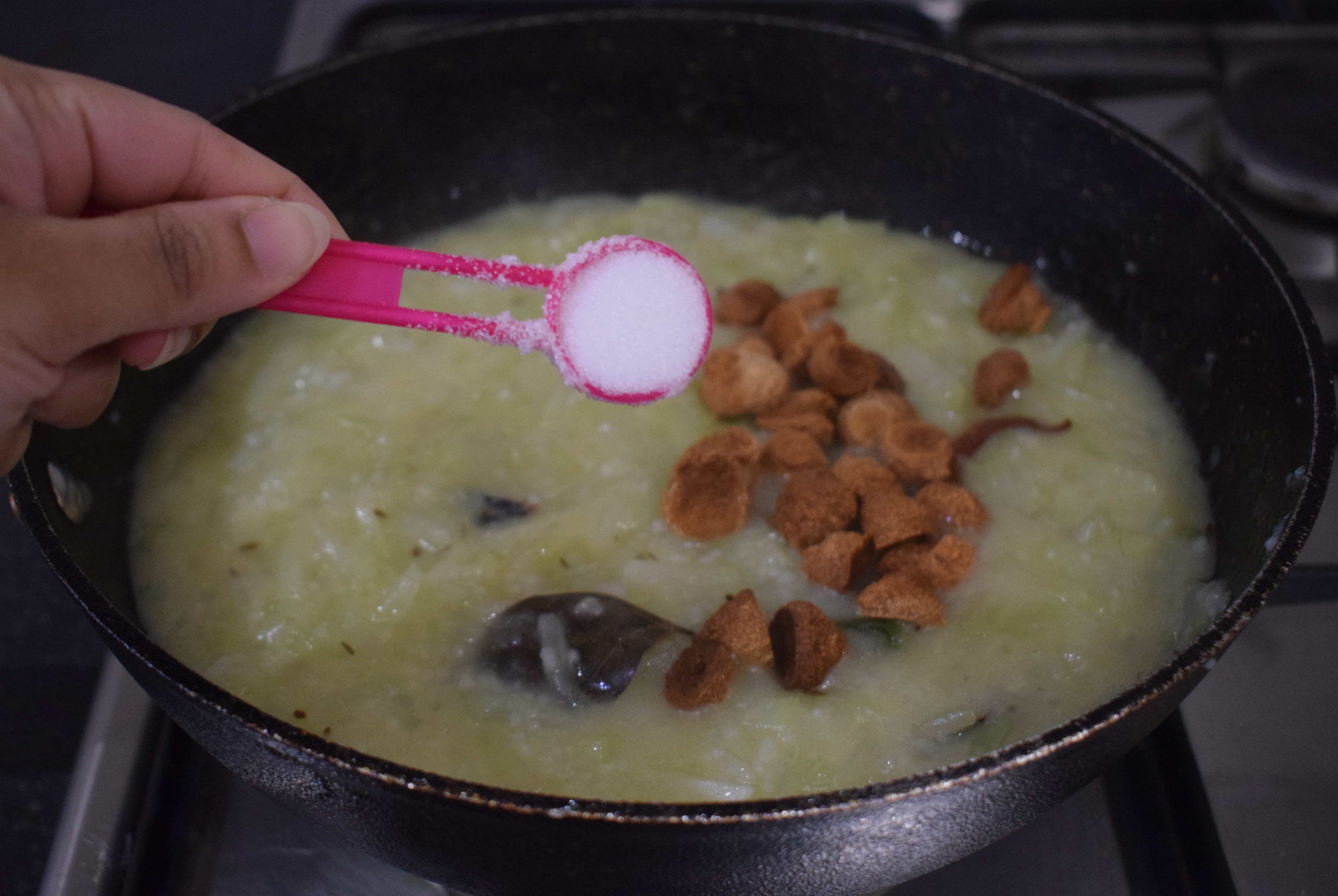
- Add 1 teaspoon ghee aka clarified butter into the pan and give a nice mix.
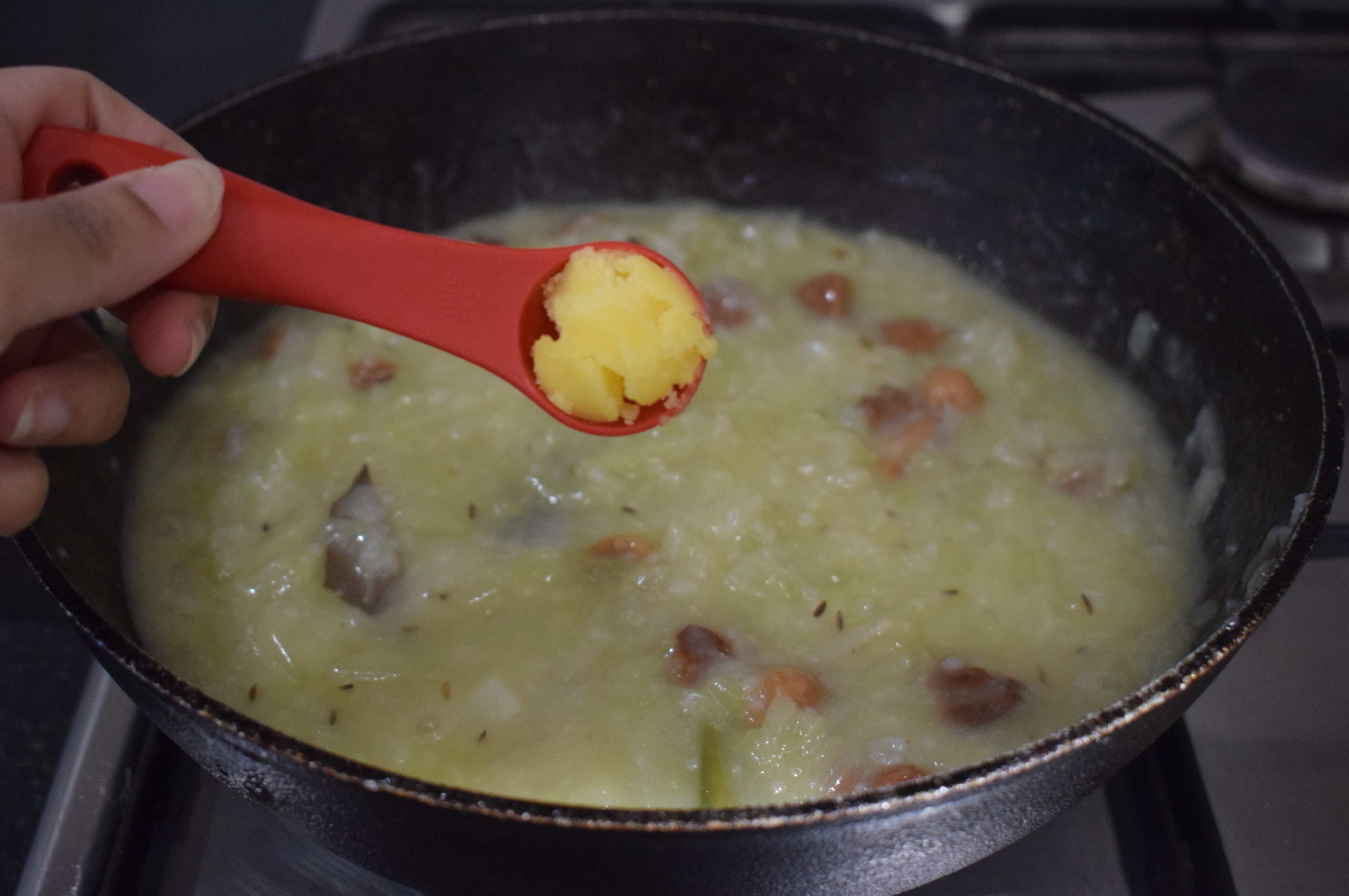
- Switch off the flame and put the pan down.
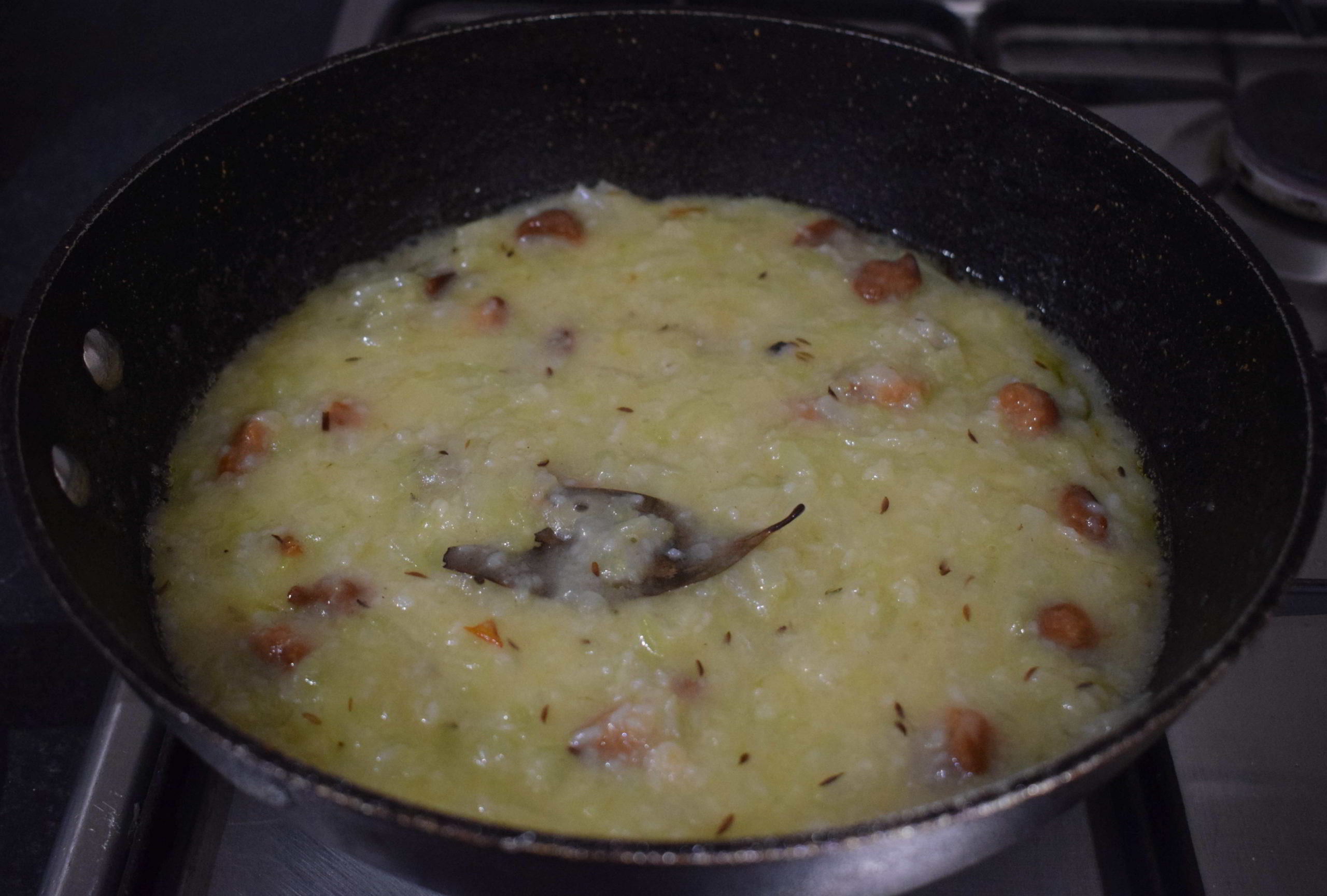
Serving Instruction
Transfer the chal diye squash ghonto into a serving bowl. Serve hot or warm with plain rice and dal and enjoy the comforting meal of Bengal.
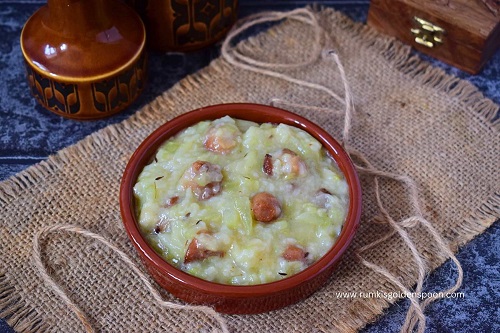
Ingredients
- 3 Squash, peeled and grated or finely chopped
- ¼ cup Gobindobhog Chaal (small grain rice)
- 12-15 Daler bori (sun-dried Lentil tear droplets)
- 2-3 green Chillies
- ½ teaspoon Cumin seeds (Jeera)
- 2 dry red Chillies (shukno Lanka)
- 1 Bay leaf (Tejpatta)
- 2 teaspoons Sugar
- Salt to taste
- 2 tablespoons Mustard oil
- ½ cup Water to prepare the rice paste
- ¼ cup Water for cooking
Instructions
- First, wash ¼ cup Gobindobhog chaal 2-3 times with water and soak it in a sufficient amount of water for 10-15 minutes.
- Drain water and transfer it to a jar of a grinder. Add ½ cup fresh water into the jar and close the lid. Pulse it to a coarsely ground paste and keep it aside.
- Cut the squash into four pieces. Then destine them and peel off the skin. Now, cut them into thin small strips or grate them and wash them once. Then drain the water and keep it aside.
- On the other hand, put a pan on flame and allow it to become completely dry. Add 2 tablespoons of mustard oil to it.
- Once the oil is hot, add the daler bori into it and fry them till golden brown and keep them aside.
- In the same pan, add oil if required and add 2 dry red chillies, 1 bay leaf and ½ teaspoon cumin seeds into the pan for tempering and let them crackle.
- Add the squash to the pan and give a nice stir. Cook it over medium flame for 4-5 minutes.
- Add salt, 2 green chillies into the pan and mix it well. Cook it on low flame for another 5 minutes. Stir in between.
- Add the rice paste (Step 2) into the pan and give a nice mix. Cover the pan and cook it on low flame for 5 minutes.
- Add ¼ cup of water into the pan and give a nice stir. Cover the pan and cook it over low flame for another 12-15 minutes until the squash gets cooked completely. Stir in between every 5 minutes or else it may stick to the bottom of the pan.
- Add the fried daler bori, 2 teaspoons sugar into the pan and give a gentle stir. Cover the pan and cook it on low flame for another 5 minutes. Stir in between once.
- Add 1 teaspoon ghee aka clarified butter into the pan and give a nice mix.
- Switch off the flame and put the pan down.

